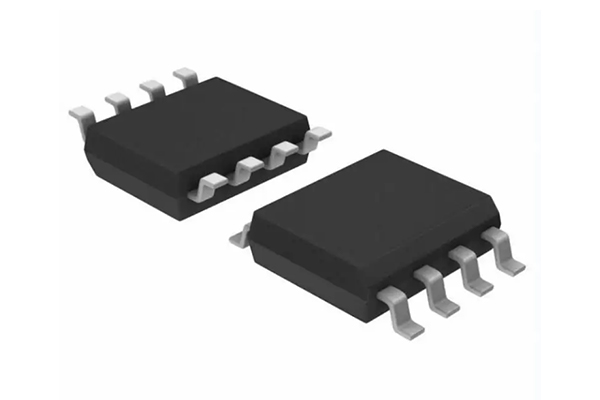5 Materials For Perfectly Glowing Skin
Description
This article explains five ingredients that have been individually studied for their effects on skin hydration, evenness, and overall structure. The scientific background is described in precise terms.
Vitamin C: The Lightening Agent
Vitamin C is one of the most extensively studied skin care ingredients. It functions as an antioxidant and protects skin cells from free radical damage. Topical application increases collagen production and improves skin firmness. It also reduces hyperpigmentation and improves skin tone.
Hyaluronic Acid: The Moisture Retainer
Hyaluronic Acid is a substance naturally present in the skin. Its molecular structure can bind up to 1 000 times its weight in water. Consequently, even small amounts maintain skin hydration and improve skin texture.
Retinol: The Cell Renewal Agent
Retinol is a derivative of vitamin A. It accelerates cell turnover by replacing old cells with new cells. This process reduces fine lines and improves pigment uniformity. Products containing retinol should be used as directed to avoid irritation.
Peptides: The Skin Strengthening Compounds
Peptides are short chains of amino acids that form proteins such as collagen. Their inclusion in formulations has been shown to increase collagen production. As a result, skin structure and firmness are improved over time. Regular use may reduce the earliest signs of ageing.
Niacinamide: The Anti-Inflammatory Ingredient
Niacinamide, also known as vitamin B3, reduces inflammation and soothes irritated skin. It controls sebum production, which benefits individuals with acne-prone skin. Its molecular structure interacts with skin cells thereby strengthening the skin barrier. Additional information is available at Stanford Advanced Materials (SAM).
Frequently Asked Questions
Q: Can I use all these ingredients together?
A: Yes, many skin care formulations combine these ingredients. Introduce them incrementally and consult a dermatologist to ensure they suit your skin type.
Q: How quickly can I expect results from these ingredients?
A: Results vary between individuals. Many users report improved skin tone and hydration after several weeks of consistent use.
Q: Are these materials suitable for all skin types?
A: Generally, they are safe for most skin types. However, if you have sensitive skin or a specific condition, perform a patch test or consult a skin care professional.

 Bars
Bars
 Beads & Spheres
Beads & Spheres
 Bolts & Nuts
Bolts & Nuts
 Crucibles
Crucibles
 Discs
Discs
 Fibers & Fabrics
Fibers & Fabrics
 Films
Films
 Flake
Flake
 Foams
Foams
 Foil
Foil
 Granules
Granules
 Honeycombs
Honeycombs
 Ink
Ink
 Laminate
Laminate
 Lumps
Lumps
 Meshes
Meshes
 Metallised Film
Metallised Film
 Plate
Plate
 Powders
Powders
 Rod
Rod
 Sheets
Sheets
 Single Crystals
Single Crystals
 Sputtering Target
Sputtering Target
 Tubes
Tubes
 Washer
Washer
 Wires
Wires
 Converters & Calculators
Converters & Calculators
 Write for Us
Write for Us
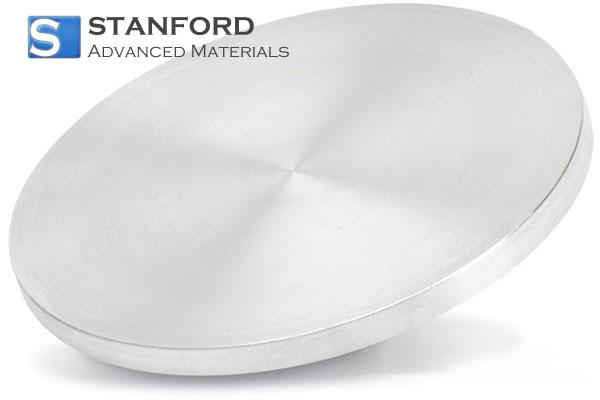
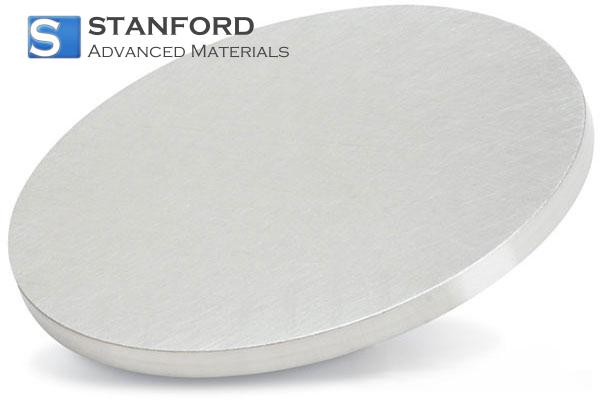
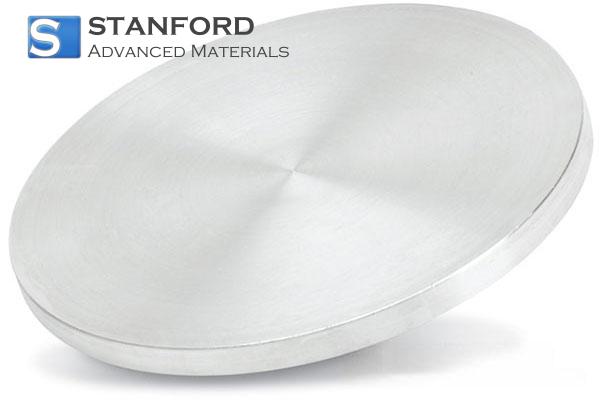
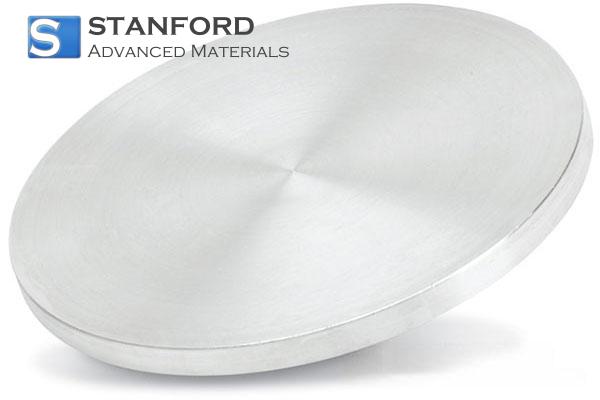
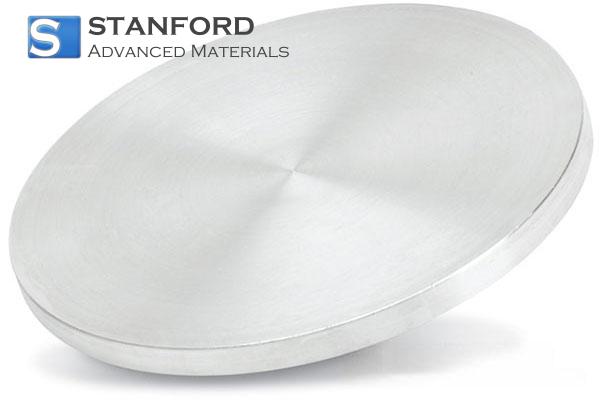
 Chin Trento
Chin Trento



